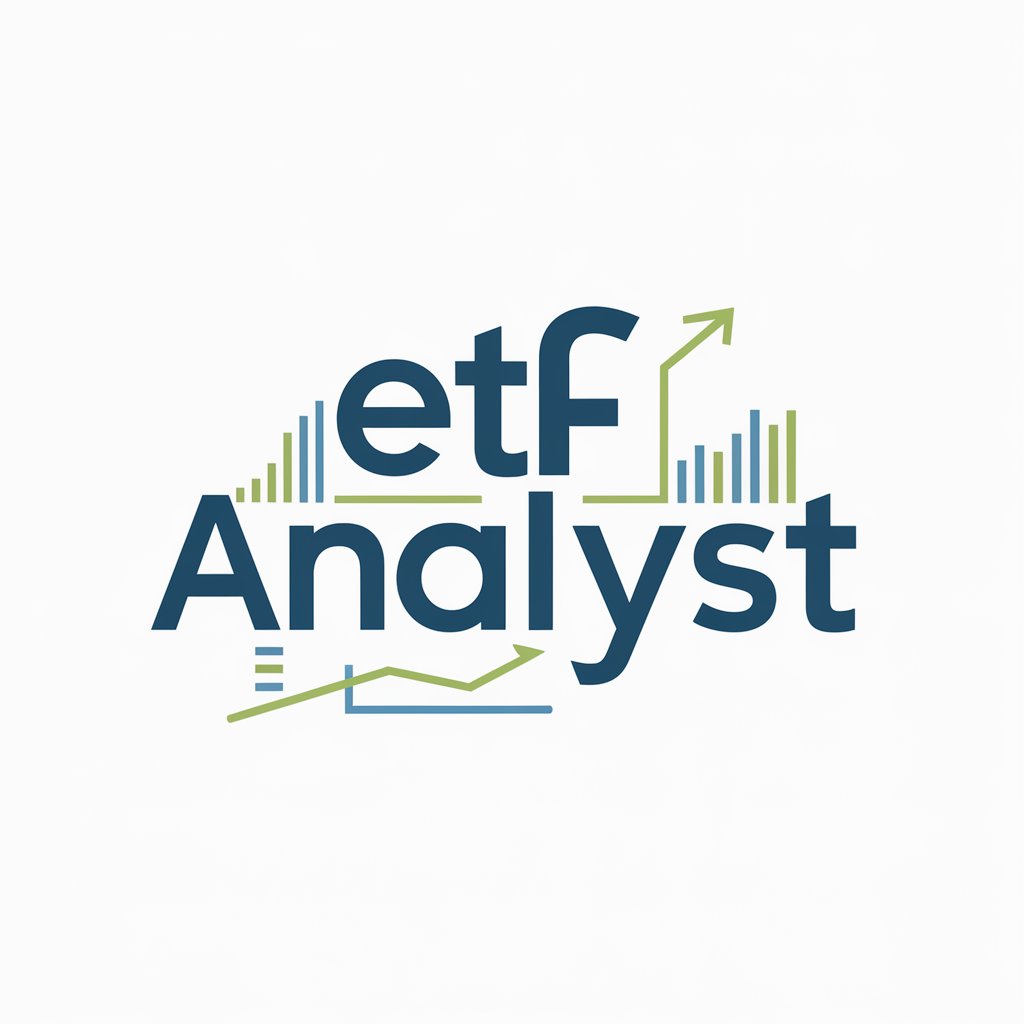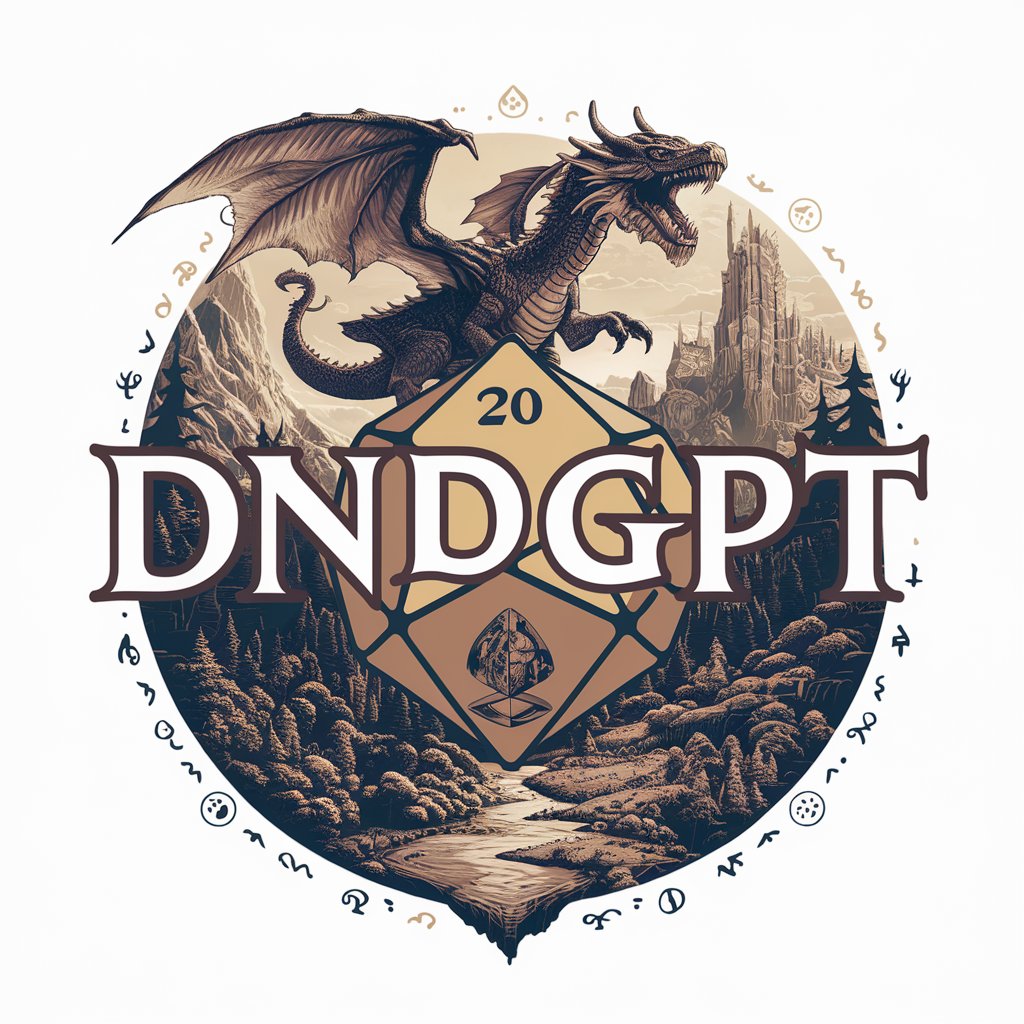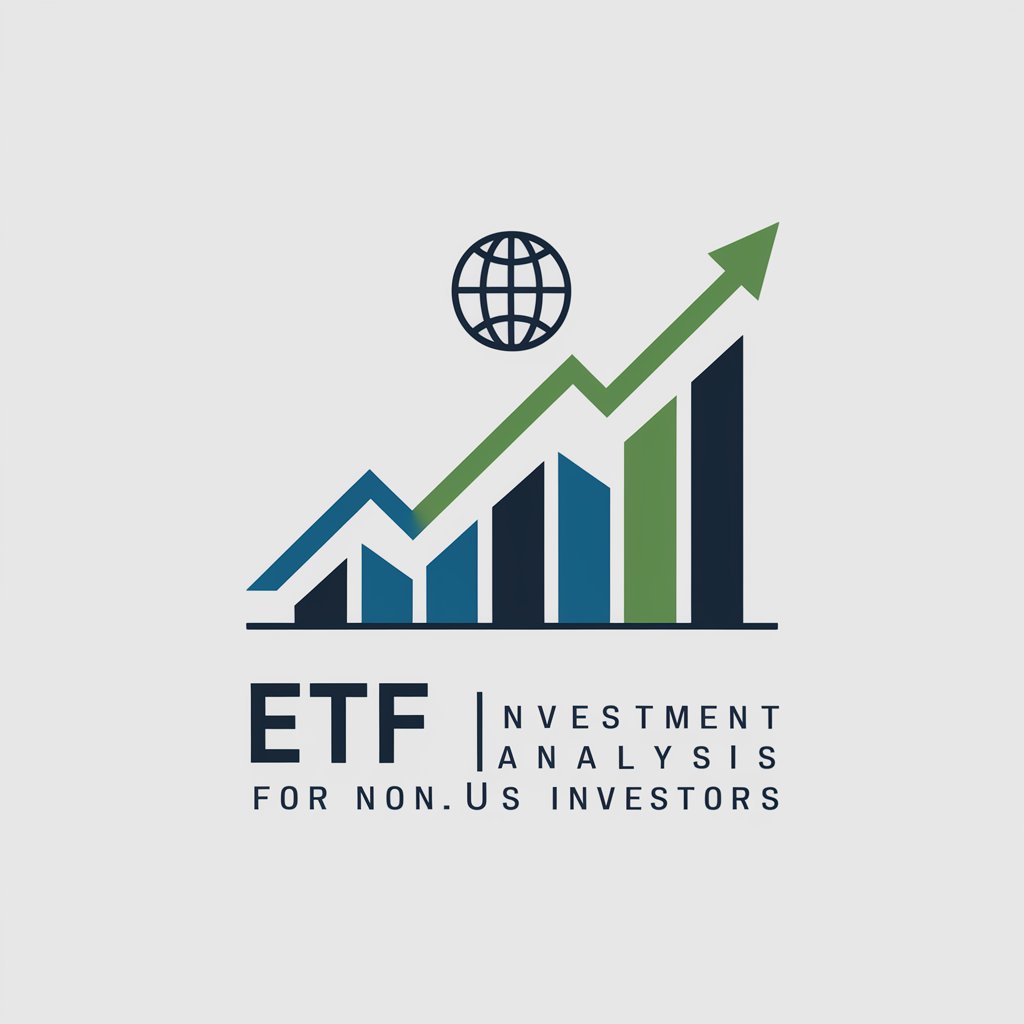
ETF Analyst - In-Depth ETF Analysis

Welcome! Let's dive into your ETF analysis.
Unraveling ETF Complexities with AI
Analyze the ETF's prospectus focusing on investment strategies and risk factors.
Provide insights into the performance history and portfolio holdings of this ETF.
Summarize the key details from the ETF's annual report, including AUM and expense ratio.
Review the ETF fact sheet and highlight the top holdings and sector allocations.
Get Embed Code
Introduction to ETF Analyst
ETF Analyst is designed as a specialized GPT variant, aiming to provide in-depth analysis and insights on Exchange-Traded Funds (ETFs) based on their factual literature, such as Fact Sheets, Prospectuses, or Annual Reports. Its core functionality involves parsing these documents to extract and interpret key information such as investment objectives, strategies, risk factors, performance data, fees, and expenses. The purpose behind ETF Analyst is to assist users in making informed investment decisions by offering detailed analyses that include understanding an ETF's market position, potential risks, and rewards. For example, when provided with an ETF's annual report, ETF Analyst can dissect its performance history, investment strategy, expense ratio, portfolio holdings, dividend yield, assets under management (AUM), risk metrics, fund manager's commentary, and market outlook, presenting these insights in a structured and comprehensible manner. Powered by ChatGPT-4o。

Main Functions of ETF Analyst
Analysis of ETF Literature
Example
Upon receiving a prospectus, ETF Analyst identifies the fund's investment objective, strategies, risk factors, and fees, providing a comprehensive overview that aids in understanding the fund's operational framework and potential investment value.
Scenario
An investor considering a new ETF investment uploads the fund's prospectus for analysis to gain insights into its suitability for their portfolio.
Performance Data Interpretation
Example
ETF Analyst reviews an annual report to highlight the fund's performance history, comparing it against benchmarks and explaining variations, which helps in assessing the fund's effectiveness and manager's skill.
Scenario
A financial advisor evaluates past performance data of an ETF to advise a client on whether to maintain, increase, or decrease their investment stake.
Investment Strategy Evaluation
Example
The tool delves into the investment strategy outlined in an ETF's literature, detailing how it aligns with current market conditions and the investor's risk tolerance.
Scenario
A portfolio manager uses ETF Analyst to understand the strategic positioning of an ETF before reallocating assets within a diversified investment portfolio.
Ideal Users of ETF Analyst Services
Individual Investors
These users seek to enhance their understanding of ETFs to make informed decisions. They benefit from ETF Analyst's ability to simplify complex financial data and terminologies, making it easier to assess the potential risks and rewards of different ETF investments.
Financial Advisors
Financial advisors can leverage ETF Analyst to streamline their research process, obtain detailed analyses of ETFs, and provide personalized, data-driven advice to their clients. This tool aids in maintaining a high standard of advisory service by ensuring advisors are well-informed about the products they recommend.
Portfolio Managers
These professionals manage large investment portfolios and require a deep understanding of various ETFs to optimize asset allocation. ETF Analyst helps them in evaluating the strategic fit of specific ETFs within a portfolio, considering performance history, risk metrics, and market outlook.

How to Use ETF Analyst
1
Start with yeschat.ai for a no-login, free trial experience.
2
Upload an ETF's Fact Sheet, Prospectus, or Annual Report for analysis.
3
Specify your analysis needs, such as understanding investment strategies, risk factors, or performance data.
4
Review the detailed analysis provided, covering key aspects like fees, holdings, or market outlook.
5
Use the insights for informed decision-making or further research in investment strategies.
Try other advanced and practical GPTs
EyeGPT PRO
Empowering ophthalmology with AI-driven insights

Yosu - YouTub Video Summarizer
Summarizing YouTube with AI Precision

MainframeNeoG
Empowering mainframe development with AI

dndGPT
Your AI-powered Dungeon Master

GoalSetter
Empowering Your Goals with AI

DaWittyDan
Crafting Engaging Technical Scripts with AI

Soft SkillsAI
Empowering Professional Growth with AI-Powered Soft Skills Training

Outsourcing Advisor
Empowering your outsourcing decisions with AI

ゆるキャラ クリエイター
Bring joy with AI-powered character creation.

Event Scout
Your AI-powered event guide

Tate GPT
Dominate Your Life with AI-Powered Advice

KPI Navigator
Strategize, Analyze, Achieve with AI

Frequently Asked Questions About ETF Analyst
What types of documents can ETF Analyst analyze?
ETF Analyst specializes in analyzing ETF Fact Sheets, Prospectuses, and Annual Reports, providing detailed insights into investment objectives, strategies, and performance metrics.
How does ETF Analyst help in investment decision-making?
By offering in-depth analysis of ETF documents, ETF Analyst aids in understanding the fund's performance history, risk factors, expense ratios, and market outlook, thereby assisting in making more informed investment choices.
Can ETF Analyst compare different ETFs?
While ETF Analyst doesn't directly compare ETFs, it provides comprehensive analyses of individual ETFs which can be used for comparative purposes by investors.
Is ETF Analyst suitable for beginners in ETF investments?
Yes, it's designed to be user-friendly and informative for both beginners and experienced investors, providing clear insights into ETFs' workings and market positions.
How can ETF Analyst enhance academic research in finance?
ETF Analyst serves as a valuable tool for academic research, offering detailed analyses of ETFs that can be used for studies in finance, market trends, and investment strategies.





